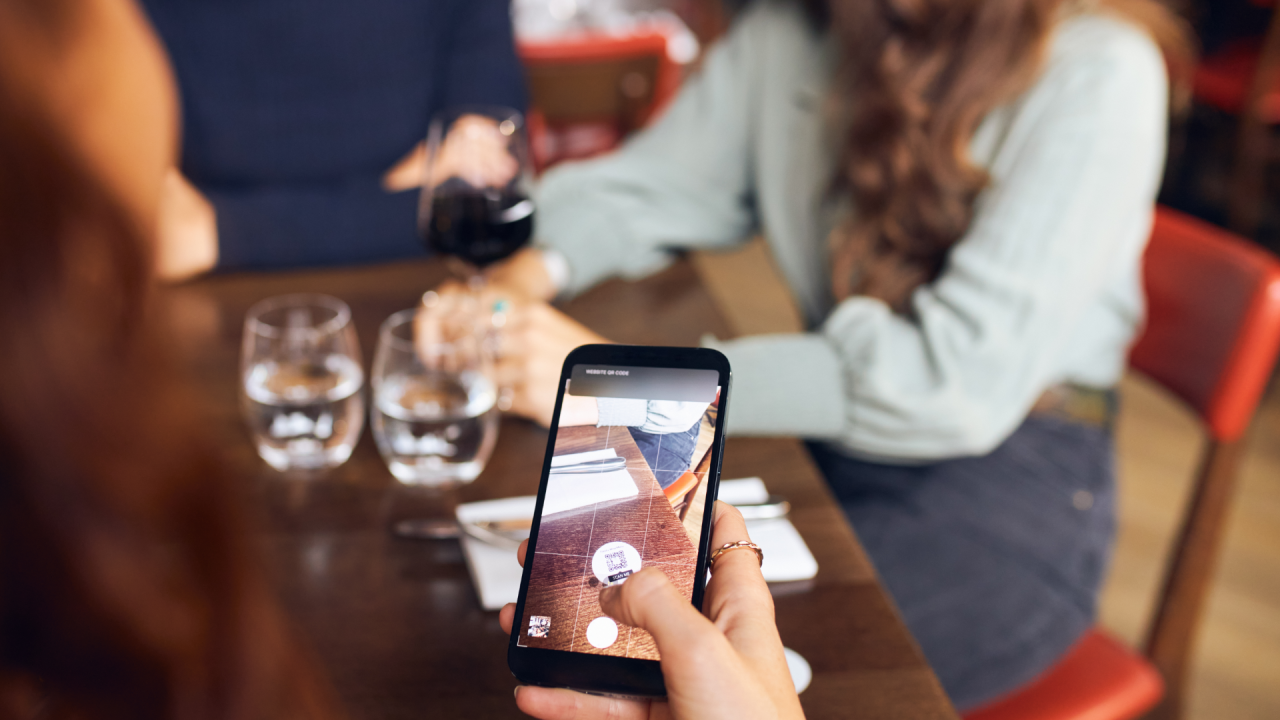Unleashing the Power of QR Codes in Marketing Commercials
Introduction
In the ever-evolving world of marketing, QR (Quick Response) codes have emerged as a powerful tool, bridging the gap between traditional and digital marketing. These two-dimensional barcodes, first developed for the automotive industry, have found a unique place in marketing commercials, offering businesses an innovative way to engage with their audience and drive sales.
Understanding QR Codes
QR codes are square-shaped matrices that store information, which can be read using a smartphone camera or a QR code scanner. They can hold a significant amount of data, including URLs, text, and even multimedia content, making them a versatile tool for marketers.
QR Codes in Marketing Commercials
- Enhancing Customer Engagement: QR codes in commercials can create an interactive experience for the audience. By scanning the code, viewers can access additional content, such as behind-the-scenes footage, exclusive discounts, or interactive games, which can significantly increase engagement and brand loyalty.
- Driving Traffic to Digital Platforms: QR codes can be used to direct viewers to a company’s website, social media platforms, or e-commerce store. This can increase digital traffic and potentially convert viewers into customers.
- Providing Instant Information: QR codes can provide instant access to product information, specifications, reviews, and more. This can help customers make informed decisions, increasing the likelihood of a purchase.
- Facilitating Contactless Transactions: In the wake of the COVID-19 pandemic, QR codes have become a popular tool for facilitating contactless transactions. They can be used to make payments, place orders, or access menus, making them particularly useful for restaurants and retail stores.
- Tracking and Analyzing Campaign Performance: QR codes can be used to track and analyze the performance of marketing campaigns. Marketers can monitor the number of scans, the location of the scans, and the time of the scans, providing valuable insights into customer behavior and campaign effectiveness.
Case Studies
Several brands have successfully incorporated QR codes into their marketing commercials. For instance, Gucci used QR codes in their advertising campaigns to provide customers with access to exclusive content and product information. Similarly, Starbucks used QR codes to facilitate contactless ordering and payments, enhancing customer convenience and safety.
Conclusion
QR codes have proven to be a valuable asset in marketing commercials, offering businesses a unique way to engage with their audience, drive digital traffic, and facilitate contactless transactions. As technology continues to evolve, the potential applications of QR codes in marketing are likely to expand, making them an essential tool for businesses in the digital age.
However, it’s important for marketers to use QR codes strategically and thoughtfully, ensuring they add value to the customer experience. When used effectively, QR codes can help businesses stand out in a crowded marketplace, drive customer engagement, and ultimately, boost sales.
Keep an eye for more latest news & updates on Hiphop Hiphop!






